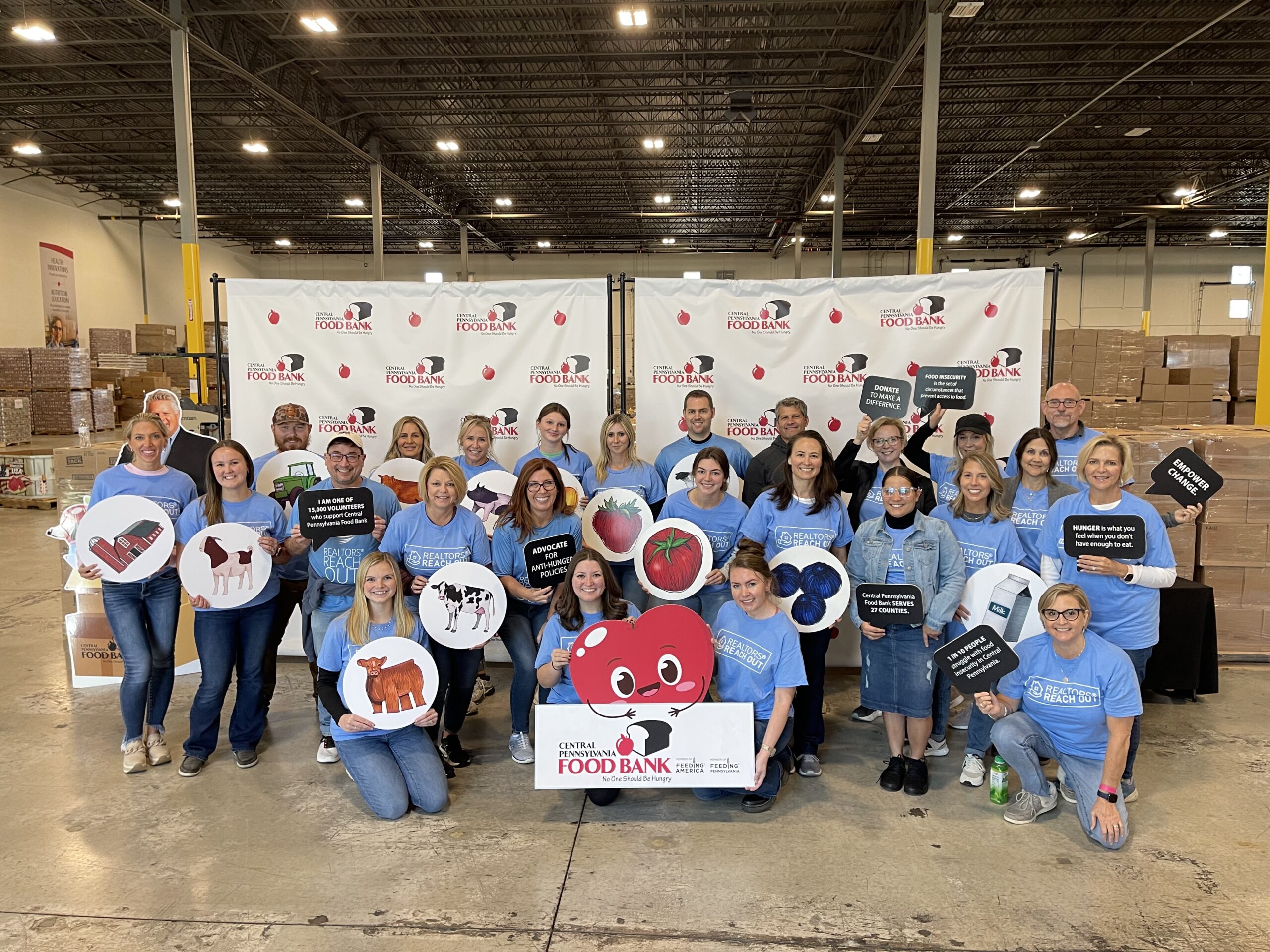Mortgage Lending and Loan Volumes Increased Through 2022

Mortgage lending has steadily recovered since the 2008 crisis, and loan volumes continued to increase through 2022, according to the Pennsylvania Housing Finance Agency’s 2023 Pennsylvania Comprehensive Housing Study.
Mortgage Lending
In 2022, there were around 126,000 mortgage originations for owner-occupied homes in one- to four-unit buildings in Pennsylvania, which was a substantial increase since 2012, when there were about 86,000.
However, the PHFA notes that these numbers are likely to go down in coming years because of higher interest rates. In 2022 alone, average 30-year interest rates jumped from 3.22% in early January to 6.42% in late December. Mortgage originations decreased by more than 33,000 from 2021 to 2022 as well, and in 2023 interest rates remained high between 6.09% and 7.79%.
Conventional mortgages accounted for roughly 77% of all home purchase loans as of 2022, compared to just 59% in 2011. The remaining mortgages were insured by different federal programs, including:
- The Federal Housing Administration (16%)
- Veterans Affairs (5%)
- The U.S. Department of Agriculture’s Farm Service Agency or Rural Housing Service (2%)
Mortgages by Income and Race
Although the total number of mortgages has increased over the past decade, the share of mortgages going to households with low and moderate incomes has not changed. The study notes that:
- Less than 3% of all mortgages go to households with very low incomes (earning under 50% of the area median income)
- Roughly 15% of mortgages go to low-income households (earning 50% to 80% of area median income)
- The remaining mortgages were roughly evenly split between middle-income households (earning 80-120% of area median income) and higher-income households (earning more than 120% of area median income).
The share of mortgages going to racial and ethnic minorities doubled from 11% in 2012 to 22% in 2022. Home purchases by people identifying as non-white or Hispanic saw particularly dramatic growth, with this demographic purchasing more than twice as many homes in 2022 compared to 2012.
In 2022, owner-occupancy purchases in Pennsylvania by race broke down as follows:
- 78% white, non-Hispanic homebuyers
- 8% Hispanic homebuyers
- 7% Asian homebuyers
- 7% Black homebuyers
Notably, Black and Hispanic homebuyers rely heavily on government insurance programs to help them purchase their homes. Nearly half of Black (48%) and Hispanic (44%) homebuyers in Pennsylvania used an FHA-insured mortgage to purchase their home in 2021, compared to only 18% of white homebuyers and 6% of Asian homebuyers.
Denial Rates for Conventional Mortgages by Income
Mortgage denial rates for conventional mortgages are much lower than they were a decade ago. In 2021, 7% of home purchases were denied, compared to 10% in 2011.
Denial rates decreased for all income groups except for the lowest-income households. From 2012 to 2022, the denial rate for conventional home loans:
- Remained consistent at 19% for extremely low-income households
- Decreased from 21% to 11% for very low-income households
- Decreased from 17% to 9% for low-income households
The most common reasons for denial were debt-to-income ratio, followed by credit scores and collateral. For extremely low-income households, the majority of denials (more than 60%) were due to low credit scores.
Denial Rates for Conventional Mortgages by Race
Denial rates also declined over the last decade across all racial and ethnic groups. From 2012 to 2022, denial rates for conventional loans decreased:
- From 28% to 14% for Black homebuyers
- From 20% to 13% for Hispanic homebuyers
- From 10% to 7% for non-Hispanic white homebuyers
Still, racial disparities persist.
Black and Hispanic households are more likely to have their home loan applications denied than white or Asian households, and the most common reason given for denials across all racial and ethnic groups were high debt relative to income and credit scores.
Home Improvement Mortgages
The report revealed that the number of home repair mortgages grew modestly over the last 10 years. In 2022, there were just over 43,000 repair mortgages in Pennsylvania, up from just under 28,000 in 2012. Almost all of these home improvement mortgages used conventional financing.
This increase was driven by more affluent homeowners, with the number of repair mortgages to higher-income households increasing by 56% in the last decade, compared to 20% for low-income homeowners. However, from 2021 to 2022, repair mortgages for low-income owners increased by 52%.
For more details on home financing in Pennsylvania, read the PHFA’s full report.
Topics
Share this post
Member Discussion
Recent Articles
-
House Renters Prioritize Pets, Privacy, Practicality
- November 18, 2024
- 2 min. read
Pet accommodations are rising on the list of renter priorities. For 23.2%, the pet policy is the most likely to influence their decision to rent a house.
-
Pa. Realtors® Give Back: $75k Raised, Thousands Helped
- November 15, 2024
- 5 min. read
This year, 17 local associations gave back to their communities by raising over $75,000 total and helping prepare/pack over 4,000 meals and boxes of food.
-
Earn Your Divorce Specialist Certification at Triple Play
- November 14, 2024
- 2 min. read
“Don’t wait until the middle of a transaction to realize there are things you need to know to serve your customers better,” says Realtor® and Triple Play speaker Addie Owens.
Daily Emails
You’ll be the first to know about real estate trends and various legal happenings. Stay up-to-date by subscribing to JustListed.



